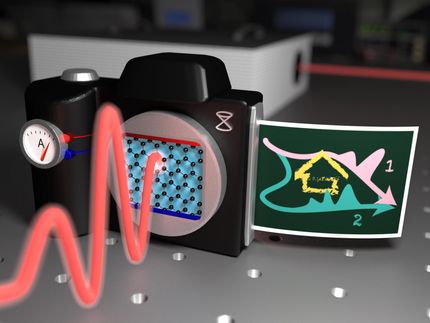Hidden talents: Converting heat into electricity with pencil and paper
thermoelectric materials can use thermal differences to generate electricity. Now there is an inexpensive and environmentally friendly way of producing them with the simplest of components: a normal pencil, photocopy paper, and conductive paint are sufficient to convert a temperature difference into electricity via the thermoelectric effect. This has now been demonstrated by a team at the Helmholtz-Zentrum Berlin.

Sketch of the experiment.
HZB

Pencil, paper and co-polymer varnish are sufficient for a thermoelectrical device.
HZB

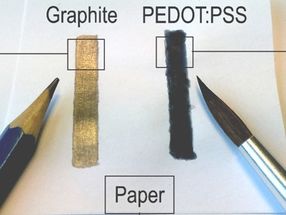
The thermoelectric effect is nothing new – it was discovered almost 200 years ago by Thomas J. Seebeck. If two different metals are brought together, then an electrical voltage can develop if one metal is warmer than the other. This effect allows residual heat to be partially converted into electrical energy. Residual heat is a by-product of almost all technological and natural processes, such as in power plants and every household appliance, and the human body as well. It is one of the largest underutilised energy sources in the world - and usually goes completely unused.
Tiny effect
Unfortunately, as useful an effect as it is, it is extremely small in ordinary metals. This is because metals not only have high electrical conductivity, but high thermal conductivity as well, so that differences in temperature disappear immediately. Thermoelectric materials need to have low thermal conductivity despite their high electrical conductivity. Thermoelectric devices made of inorganic semiconductor materials such as bismuth telluride are already being used today in certain technological applications. However, such material systems are expensive and their use only pays off in certain situations. Flexible, non-toxic, organic materials based on carbon nanostructures, for example, are also being investigated for use in the human body.
HB pencil and co-polymer varnish
A team led by Prof. Norbert Nickel at the HZB has now shown that the effect can be obtained much more simply: using a normal HB-grade pencil, they covered over a small area in pencil on ordinary photocopy paper. As a second material, they applied a transparent, conductive co-polymer paint (PEDOT: PSS) onto the surface.
What transpires is that the pencil traces on the paper deliver a voltage comparable to other far more expensive nanocomposites that are currently used for flexible thermoelectric elements. And this voltage could be increased tenfold by adding some indium selenide to the graphite from the pencil.
Poor heat transport explained
The researchers investigated graphite and co-polymer coating films using a scanning electron microscope and spectroscopic methods (Raman scattering) at HZB. “The results were very surprising for us as well,” explains Nickel. “But we have now found an explanation of why this works so well: the pencil deposit left on the paper forms a surface characterised by unordered graphite flakes, some graphene, and clay. While this only slightly reduces the electrical conductivity, heat is transported much less effectively.”
Outlook: Flexible Components printed right on paper
These simple constituents might be able to be used in the future to print thermoelectric components onto paper that are extremely inexpensive, environmentally friendly, and non-toxic. Such tiny and flexible components could also be used directly on the body and could use body heat to operate small devices or sensors.
Original publication
Other news from the department science

Get the chemical industry in your inbox
By submitting this form you agree that LUMITOS AG will send you the newsletter(s) selected above by email. Your data will not be passed on to third parties. Your data will be stored and processed in accordance with our data protection regulations. LUMITOS may contact you by email for the purpose of advertising or market and opinion surveys. You can revoke your consent at any time without giving reasons to LUMITOS AG, Ernst-Augustin-Str. 2, 12489 Berlin, Germany or by e-mail at revoke@lumitos.com with effect for the future. In addition, each email contains a link to unsubscribe from the corresponding newsletter.
Most read news
More news from our other portals
Last viewed contents

ChiraTecnics Lda. - Erbora, Portugal
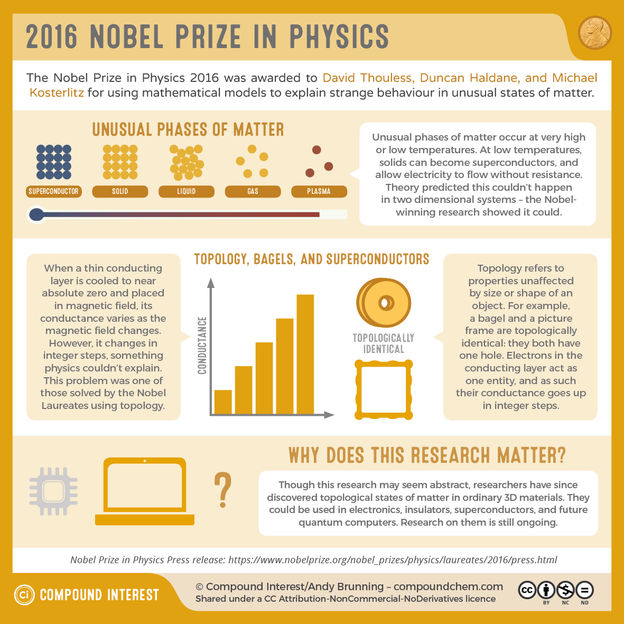
Nobel Prize in Physics 2016

LAUDA declared World Market Leader
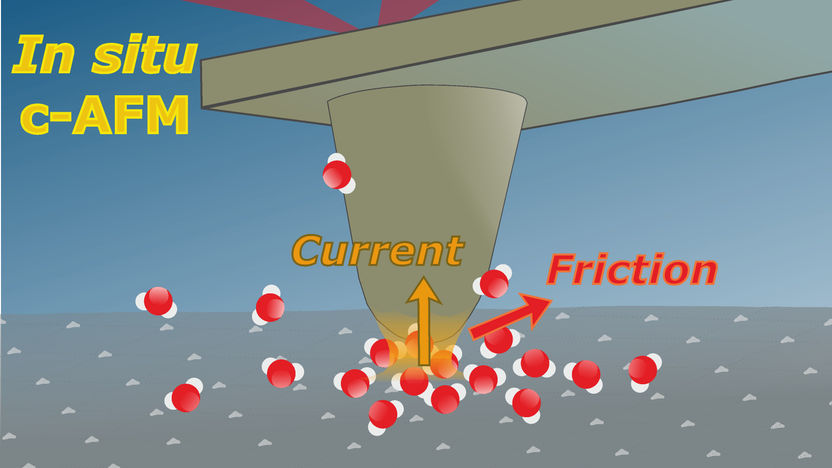
Electrocatalysis under the atomic force microscope - More insights with AFM

Edinburgh Instruments Ltd. - Livingston, United Kingdom

W. Dimer GmbH - Laufenburg, Germany
In chemical reactions, water adds speed without heat

More Electricity from the Sun - Surface modification for more effective textured perovskite/silicon tandem solar cells
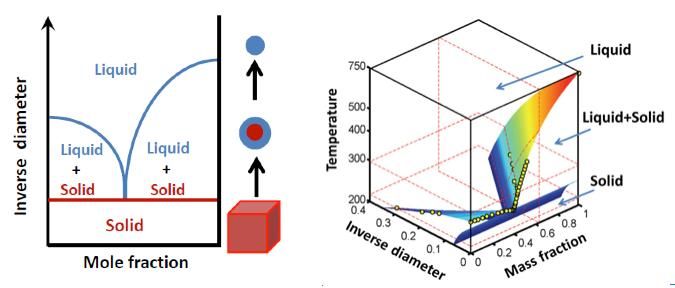
Solid or liquid - the particle size matters - Max Planck researchers elucidate how the phase state of aerosol nanoparticles depends on their size

Climate Change makes Arctic Ozone Loss Worse - The expected recovery of the ozone layer may fail to happen anytime soon, if global warming is not slowed down
Applied Biosystems/MDS Sciex is the Top Supplier in the Mass Spectrometer Market

